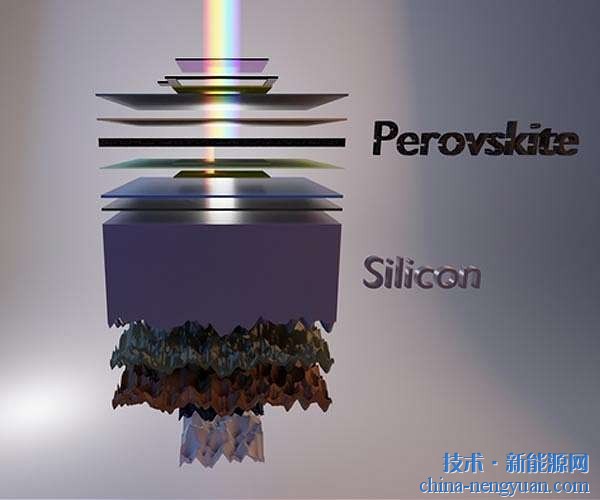 |
To support the European Commission’s “zero-power†initiative, an international conference on nano-energy was recently held in Perugia, Italy. This event highlighted the growing importance of nano-power generation as a promising solution for sustainable energy. Over the past few decades, nanotechnology has evolved significantly and is now finding its way into everyday life. From nanosensors to nanobots, nanomaterials are becoming essential components in various advanced technologies, especially in space exploration and medical devices.
Despite their small size and low power consumption, nanodevices still rely on batteries and integrated circuits, which limits their full potential. In 2006, Professor Wang Zhonglin from Georgia Institute of Technology introduced the concept of nano-generators, marking a breakthrough in micro-energy research. His work laid the foundation for the emerging field of nano-piezoelectrics, opening new possibilities for self-powered nanosystems.
The principle behind nano-piezoelectric technology involves using atomic force microscopy probes to compress zinc oxide nanowires, creating bends that generate electric currents. Wang’s team used zinc oxide, which has both piezoelectric and semiconductor properties, to develop efficient nano-generators capable of converting mechanical energy from the environment into electricity. Later, they expanded this approach by utilizing ultrasonic waves, eliminating the need for AFM probes and making the technology more practical.
Researchers have also explored other methods to enhance energy harvesting, such as triboelectric effects. By leveraging static electricity from friction between materials, it's possible to generate significant amounts of energy. Using specially designed surfaces with larger contact areas can increase the efficiency of energy conversion, sometimes surpassing traditional piezoelectric methods.
As the field continues to evolve, scientists are exploring innovative ways to harvest energy from everyday activities—like walking, air flow, or even the movement of blood through the body. These developments bring us closer to a future where nanogenerators could power devices without the need for traditional batteries. While some may sound like science fiction, these ideas are rapidly becoming real thanks to ongoing research and technological progress.
A major milestone in this journey was the development of ultrasound-driven piezoelectric nano-generators, bridging the gap between theoretical concepts and real-world applications. Although challenges remain—such as high production costs and limited power output—researchers are working to overcome these obstacles. With continued innovation, nano-generators could soon power everyday electronics, revolutionizing how we think about energy use.
Imagine a world where the energy from your footsteps powers your phone, or where floors in busy areas generate electricity for entire buildings. These ideas are no longer just dreams. With time and further development, nano-power generation could play a key role in shaping a more sustainable and energy-efficient future.
Coupling Parts Saling For Imported & Domestic
Coupling Parts Saling,Viscous Coupling Modification
Shenyang pump products sales co., LTD , https://www.syipsc.com